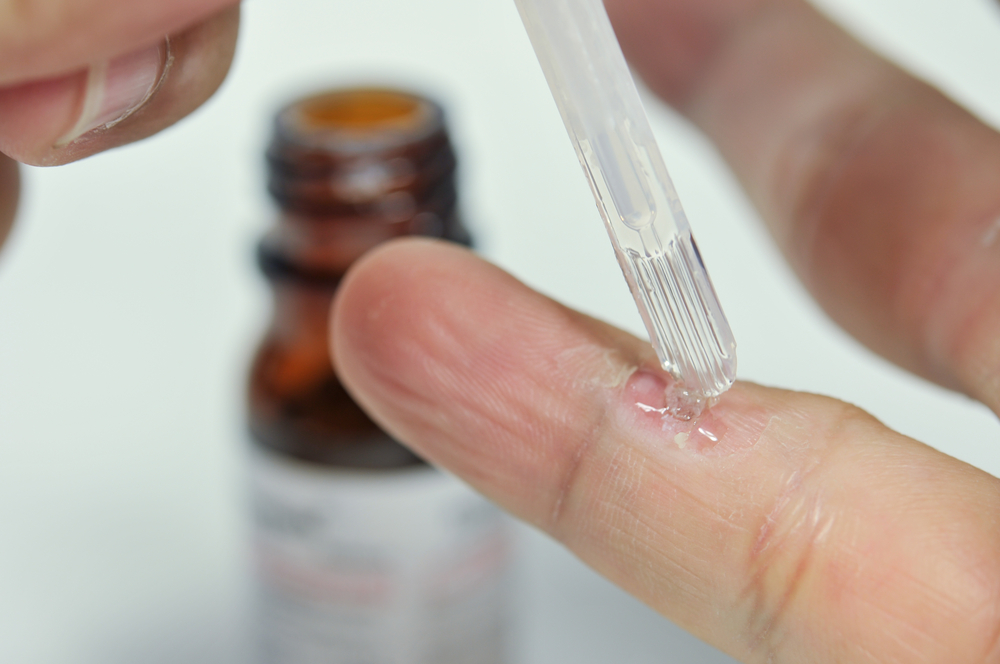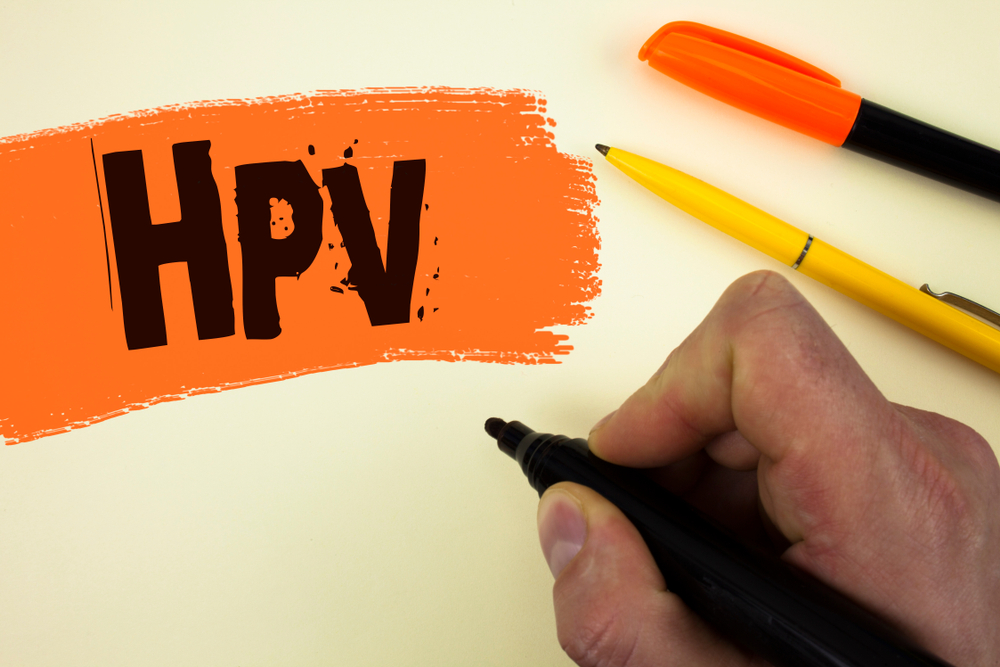HPV, or Human Papillomavirus, is the most common sexually transmitted disease. It is characterized by the appearance of warts that are usually harmless and disappear on their own, and it can affect both men and women.
There are over 100 types of HPV, and they can trigger the growth of warts on various parts of the body. For instance, certain varieties of HPV can bring about warts that pop up on the neck or face, and others can cause warts on the feet, which are called plantar warts.
While the majority of HPV cases are not dangerous, some can lead to cancer. In women, they can cause cancer of the cervix, vulva, or vagina, and in men, they can cause cancer of the penis or anus.
How can you get infected with HPV?
If HPV finds a way to get inside your body through a tear, abrasion, cut, or wound in your skin, you get an HPV infection. So, if you have an open wound and engage in skin-to-skin contact with someone who carries the virus, you are very likely to contract the disease.

Moreover, having sexual intercourse with someone who has it also puts you at risk of getting infected. Whether anal, vaginal, or oral, the virus can enter your body via genital-to-genital contact or through upper respiratory or oral lesions, and start their invasion.
Warts are extremely contagious, so it is crucial to avoid getting into contact with them, most especially if there is even a small lesion in your skin where the virus can get through.
What can put you at risk of HPV?
No one is safe from the HPV infection. However, some have higher odds of contracting it than others. Below are the common risk factors for the HPV infection:
Age
Genital warts caused by HPV most often occur in teenagers and young adults, when sexual activity is at their peak.
Sex lifestyle
People with multiple sex partners are more likely to contract the HPV infection than those who are in a mutually monogamous sexual relationship. In addition, if your current sex partner has a history of having multiple sex partners, your risk is also greater.
Skin damages and problems
Skin with cuts, lesions, tears, and other openings have a higher chance of developing HPV warts.
Weakened immune system
If your immune system is weak, your ability to fight off HPV is reduced. This is very true for those who have weakened immune systems due to HIV or AIDS, or those who are taking drugs that have immune system suppressing effects.
Use of shared spaces
Public facilities, such as toilets, showers, and swimming pools, that may have been exposed to HPV can spread the infection. It is important to wear or use protection when using them.
What are the common symptoms of HPV in men?
Your body has the ability to fight off HPV before it triggers the development of warts. However, sometimes, the virus can slip through and cause warts. The infection can lead to different kinds of warts, such as:
Common warts
These warts typically appear on the elbows, hands, or fingers, and they are like raised bumps that have a rough texture. They are prone to bleeding and injury, and can produce a lot of pain.
Flat warts
These warts look like dark lesions on the skin. In men, they usually appear on the face, around the beard area, and in women, they are common on the legs.
Genital warts
These warts resemble a small cauliflower, with bumps or protrusions that look like tiny stems. In men, they occur on the penis, scrotum, or anus, and in women, they grow in the vagina or cervix.
How is HPV diagnosed in men?
If you notice the common HPV signs and symptoms on you, you should visit a doctor right away. You will undergo tests that can accurately diagnose your condition.
- Eye test
Usually, HPV can be diagnosed just by looking at your warts. Genital warts caused by HPV can easily be seen and identified. Your doctor will check for any abnormalities, such as blisters, ulcers, sores, or white patches on your penis, anus, or scrotum.
- Acetic acid or vinegar solution test
This testing method involves applying a vinegar solution onto the genital region infected with HPV. If you are indeed infected, the area where the solution was applied should turn white. This is often used if the lesions caused by the virus are too small and flat.
How is HPV in men treated?
HPV does not exactly have a cure. Once it strikes you, it can disappear on its own and come back as many times as it wants, and trigger warts in the same areas or different parts of your body. Oftentimes, HPV warts disappear without needing any treatment. But, if your doctor does prescribe you medications, they may recommend the following:
Salicylic acid

This is an over-the-counter medication that can remove the layers of your warts slowly, one at a time. It is typically applied onto genital warts or other types of warts that appear in other parts of the body, except for the face, as it can trigger skin irritation.
Trichloroacetic acid
This medication is a potent chemical that can burn off the warts that appear on the soles of your feet, your palms, or your genitals. Be careful when using it, as it can sometimes bring about irritation around the treated area.
Podofilox
This is a topical prescription that can obliterate the tissues that make up your genital warts. When used, it can cause some itchiness and even a bit of pain.
Imiquimod
This is a prescription medication that can offer many benefits to your immune system. It helps boost your body’s ability to ward off HPV, so that you are protected and less likely to contract the infection again in the future. When applied, it can cause some swelling and redness around the afflicted area.







